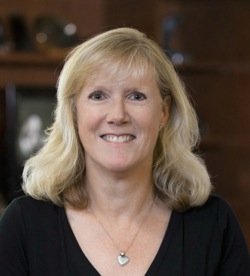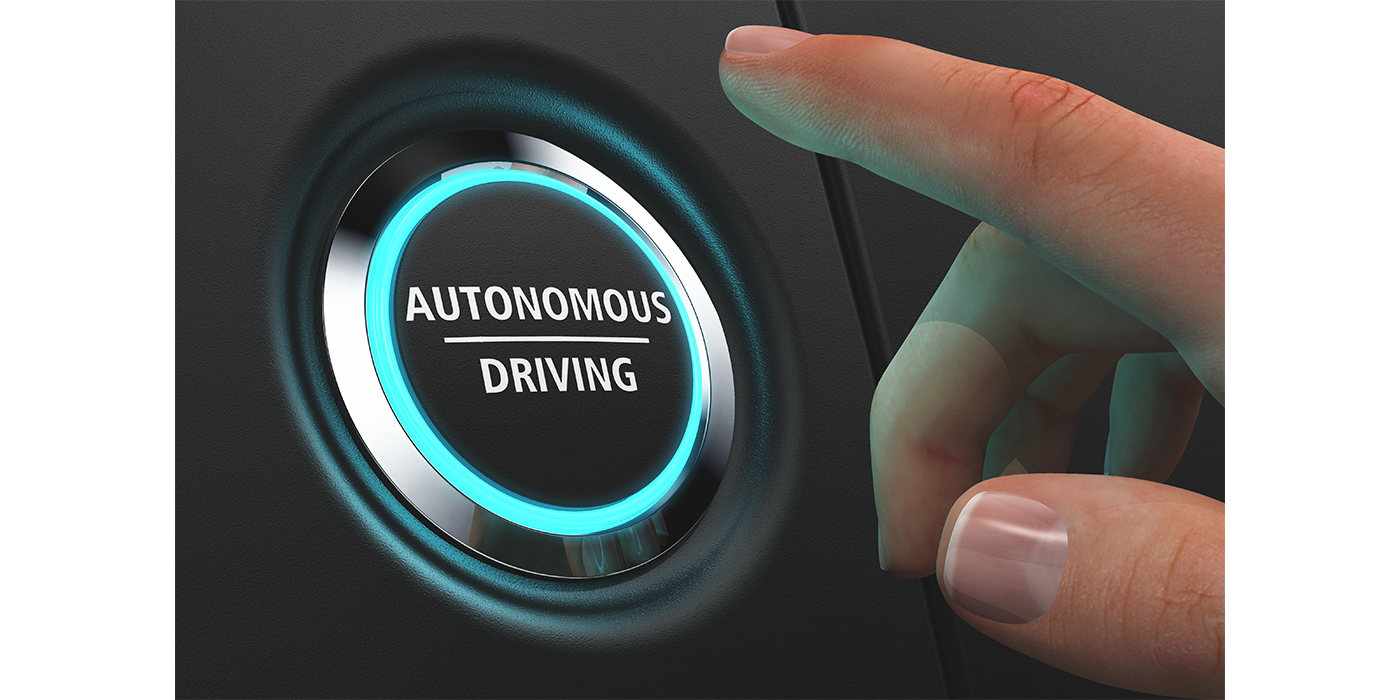 The following is an opinion editorial provided by Kathy Winter, vice president and general manager of the Automated Driving Division at Intel Corp.
The following is an opinion editorial provided by Kathy Winter, vice president and general manager of the Automated Driving Division at Intel Corp.
It’s no secret I’ve long been a champion for the autonomous driving industry and the potential it has to reduce the number of accidents and save lives. But a recent broken ankle – and more than two months on crutches – brought that potential into focus as I finally understood the daily struggle faced by millions of people who suffer from limited mobility. As I hobbled across the snow-covered parking lot at work, I imagined a car that could pick me up at my doorstep, let me off at the office door, go park itself while I went about my business, then return to take me home at the end of the day.
Thankfully, I won’t have to imagine much longer. So much progress has been made in recent months that we’ve gone from a discussion of “if” self-driving cars are even possible, to “when” and “how” we’re going to do it. The technology piece of it has been resolved: Hundreds of self-driving test vehicles are proving their capabilities on roads every day – and Intel powers the decision-making brain in most of them.
Now comes the harder part: when and how. We’ll definitely go faster if we work together, and I think others are coming to realize this. In an industry long known for proprietary engineering, we are seeing many companies join forces in the race to solutions. Our agreement with BMW and Mobileye to put approximately 40 autonomous test cars on the road by the end of 2017 is a great example of how collaboration accelerates results. Joint ownership of HERE between Audi, Daimler, BMW and now Intel will further illustrate how the sharing of knowledge will move us forward.
Getting past our test phase and into the mainstream will require some kind of agreement on a few key standards. For example, we’ll need a standard way to take advantage of the information collected by all of those autonomous vehicles so that every OEM or supplier doesn’t have to log and track their own data and create their own driving models. Every autonomous car out there shouldn’t have to find the same pothole and log it. Sharing some amount of base code and data would allow cars to share this information with each other easily and help answer the question of “how?”
As we ponder the “when” and “how,” it’s remarkable to think about how quickly autonomous cars have been accepted into everyday conversation. The stuff of science fiction just a few short years ago, they’re now becoming a central figure in larger trend discussions around smart mobility, smart cities, smart homes and aging citizens. And, a massive autonomous driving ecosystem has sprung up almost overnight, with carmakers, suppliers, tech companies, software vendors and more all vying for their role in the self-driving car. What an exciting time it is to work in this industry.
Although self-driving cars couldn’t arrive soon enough to help me get around on my broken ankle, they’re coming fast. We’ve made years of progress in just a few short months, and I see 2017 as a year when collaboration and standardization will help us accelerate even more. I’m thrilled to be on a team that is reinventing mobility in the 21st century. What a ride it will be.
Kathy Winter is vice president and general manager of the Automated Driving Division at Intel Corporation. She joined Intel in 2016 from Delphi, where she engineered the first cross-country drive of a fully autonomous vehicle. This is the first in an occasional series of Intel newsroom editorials related to autonomous driving. To comment or reach Kathy directly, email [email protected].
Click here for a short video on Intel’s role in the future of autonomous driving.














